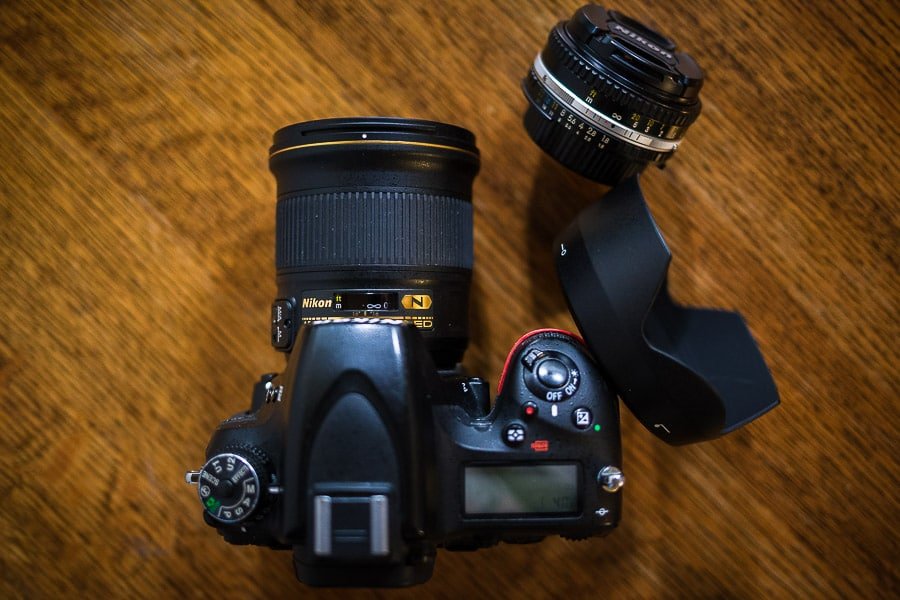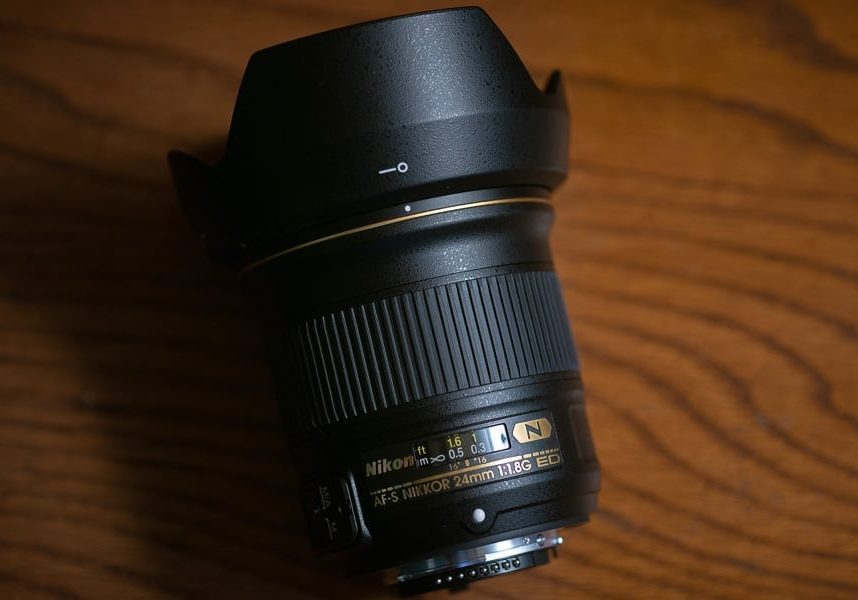
Nikon Nikkor 24mm f/1.8 G Lens Review
Is this compact wide-angle prime lens worth the money? Check out the review of the Nikon 24mm f/1.8 by a pro landscape & astro photographer.
This is a guest review of the Nikon 24mm f/1.8 G by landscape and nightscape photographer Matthew Saville.
The Nikkor 24mm f/1.8G ED N is a wide angle lens Nikon produces, that should appeal to photographers who are looking for a portable, affordable, yet still high-performance lens.
Indeed, the Nikon 24mm f/1.8 G could be described as petite! Both it and its nearest siblings (the Nikon 20mm f/1.8 G and Nikon 28mm f/1.8 G) are so portable, they actually weigh about the same as (or less than) the equivalent full-frame mirrorless lenses.
The question is, can such a diminutive lens be worth the money? It does cost considerably more than a “nifty fifty”, and yet it’s not f/1.4 and is mostly made of plastic.
To be better than the alternatives, this lens needs to be sharp and offer generally great image quality and reliable autofocus performance.
Nikon 24mm f/1.8 G Lens | Review Criteria
Physical Specs:
Filter Size: 72mm | Length: 83mm | Weight: 355g (12.5oz)
As someone who does all kinds of photography from landscapes and nightscapes to weddings and portraits, my priorities in a lens are always different.
As an obvious example, autofocus is not important for landscape and nightscape photography, but it certainly is for wedding photography.
On the other hand, wedding photographers don’t care about extreme corner sharpness, while landscape photographers do.
Please keep this important thought in mind as we continue. For this review, I will mention a full array of photography subjects, and use the comprehensive criteria that I apply to all lens reviews.
The lens review categories are:
- Sharpness & Image Quality
- Build Quality
- Autofocus
- Handling & Portability
- Value for Money
Finally, after I’ve covered these five points, I’ll wrap up with one more category: “What Types Of Photographers Should Buy This Lens?”
Nikon 24mm f/1.8 G | Sharpness & Image Quality
Let’s be honest: If a lens isn’t sharp, what’s the point? Sure, a few photographers choose certain lenses for unique characteristics other than sharpness, and that’s great!
However, those are usually vintage and specialty lenses, not modern name-brand autofocus lenses. The Nikon 24mmf/1.8 G is decidedly in the latter category, so it needs to deliver the goods.
The good news is, the Nikon 24mm f/1.8 G is a very sharp lens. It’s ready for your 36-45 megapixel camera! …well, mostly.
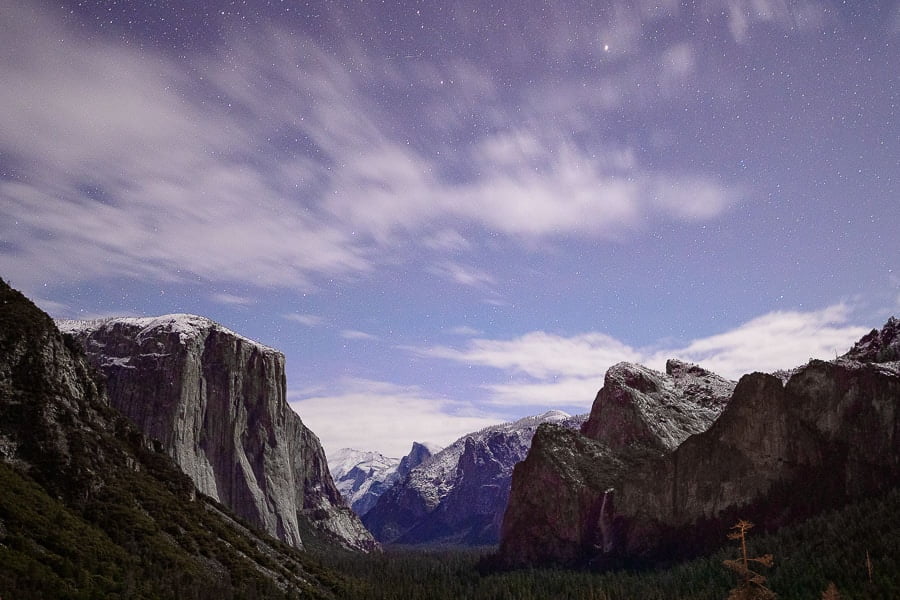
Nikon Z7 + Nikon 24mm f/1.8 G | 15 sec at f/2 ISO 3200
The zone of what I would consider great sharpness is, quite impressively, almost the whole image, even wide open at f/1.8.
I’ll share some 100% crop images that demonstrate various aspects of image quality, but one thing I’ve begun doing is just drawing a circle to help readers understand just how much of an image frame is truly sharp.
Quite honestly, many of these lenses are very sharp over almost the whole image area. Of course, this diagram is both approximate and subjective.
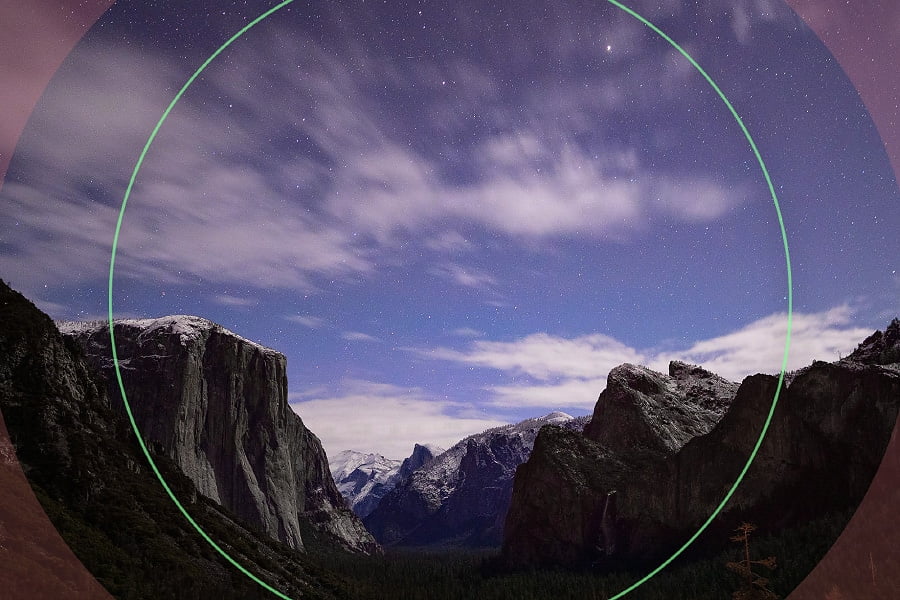
Nikon 24mm f/1.8 G approximate sharpness graph. How important are each of these zones to you?
Honestly, most photographers just don’t need what I’d call “flawless sharpness” in those extreme, extreme corners.
Portraiture, weddings, action sports- none of these genres care at all about those four tiny red corner zones. (But as I mentioned earlier, a nightscape photographer sure might!)
If we want to see significant differences between most lenses, we have to look into these very extreme corners.
So, you have to ask yourself, “do I even care if this zone is a little soft in the types of photos I take?“, it will depend on both the type of photography you do, and your own personal standards and creative style.

100% crop, Nikon Z7, f/2 (Decently sharp, despite a faint hint of fringing).
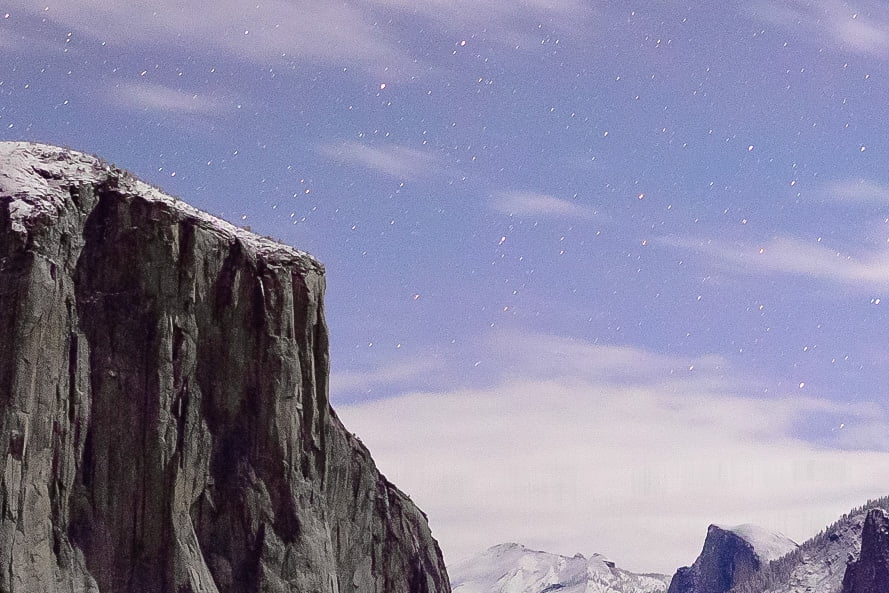
100% crop from a 4K resolution image. (Very sharp, indeed!)
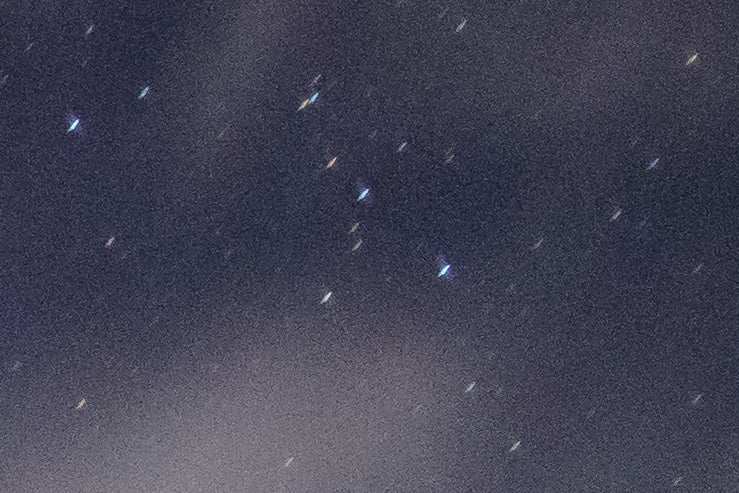
In the extreme corner at f/1.8-2.0, yes, there’s a bit of coma and astigmatism.
If you’re going to be shooting at f/4 or smaller apertures, you’re in for a real treat. This lens gets wicked sharp by f/4, and by f/5.6 even the extreme corners are nearly perfect.
I’d wager that you’d have a hard time telling this lens apart from even a Nikon 24-70mm f/2.8 VR! Again, if you don’t do as much shooting wide-open, this is a no-brainer.

Look, pretty sunstars! Nikon D750 + Nikon 24mm f/1.8 G | 8 sec at f/11, ISO 100
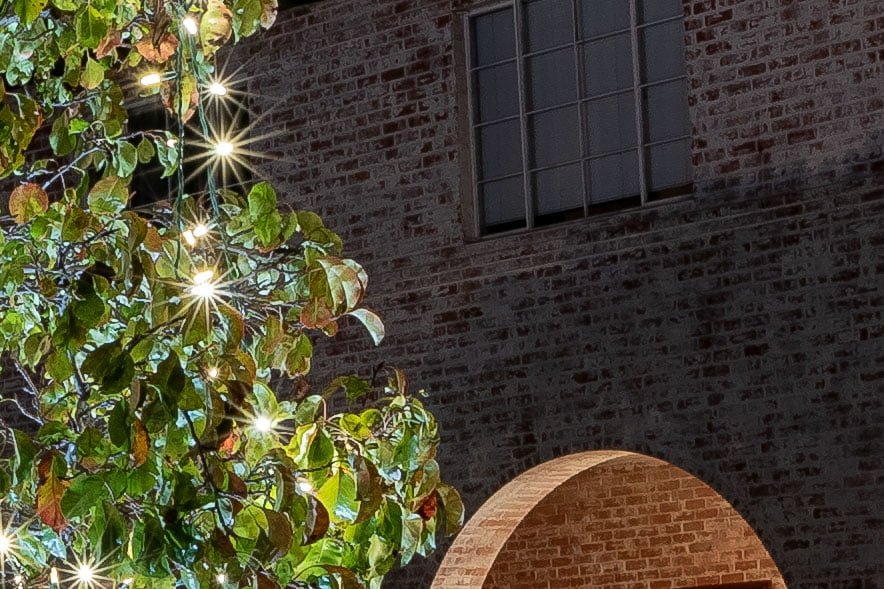
100% crop, f/11. Gentle, fine-radius sharpening applied.
Now, before we move on, we absolutely must remember that image quality is much, much more than just sharpness/resolution.
There are many other things that matter to different types of photographers. Distortion, vignetting, color fringing/aberration, coma/astigmatism, and the ever-elusive, hard-to-quantify characteristics such as bokeh, contrast/color, flare, and sunstars.
Alright, let’s go down the list, rapid-fire, and knock these out!
- Distortion: There’s a little bit of barrel distortion, but it’s barely visible and besides, the Adobe lens profile takes care of it!
- Vignetting: It’s not terrible for an f/1.8 prime, but it’s there. Again, a lens profile will take care of this, so it’s mostly a non-issue.
- Color Fringing/Aberration: Unfortunately, most “affordable” Nikon primes have a little bit. CA is easy to remove but color fringing can be a problem for dark, contrasty subjects such as astrophotography. This lens is no exception – it has a bit of color fringing throughout the whole image at f/1.8-2.8.
- Coma/Astigmatism:This is one thing that a profile can’t fix, and the Nikon 24mm f/1.8 G does have some coma/astigmatism. Not a deal-breaking amount, in my opinion, and slightly better than its nearest competitor, the Sigma 24mm f/1.4 Art. Plus, the Sigma 24mm Art can be prone to worse de-centering issues that cause complete softness at edges. Nikon lenses, even the plastic ones, tend to “stay sharp” under heavy abuse.
- Bokeh: As an f/1.8 prime, you might dismiss its shallow DOF capabilities compared to an f/1.4 version. In reality, the 2/3 stop difference is very minor, and the actual look of out-of-focus subjects has a slightly different character, too. With that said, the Nikon 24mm f/1.8 G has great bokeh, for mid-length portraits and especially for close-up detail images.
- Contrast/Color: Like with high-end Nikon lenses, I detected no color shift or flattened contrast, which can be present sometimes with third-party lenses.
- Flare: This is a bit of personal preference. Some photographers like to see the warm haze of a big flare circle, while other photographers would give anything to not have 5-10 little flare dots arrayed through their image. The Nikon 24mm f/1.8 G offers relatively low flare. It’s there if you want it in your portraits, and it’s not that bad when you’re trying to avoid it entirely.
- Sunstars: Thank you, Nikon, for finally figuring out how to design a modern aperture iris that renders both beautiful bokeh, and beautiful, pointy sunstars! For too long, the term “rounded aperture blades” has meant that sunstars were dull and fuzzy compared to all the older, manual focus Nikon AI-S lenses.
Nikon 24mm f/1.8 G Sample Images
Check out these sample images taken with the Nikon 24mm f/1.8 G.
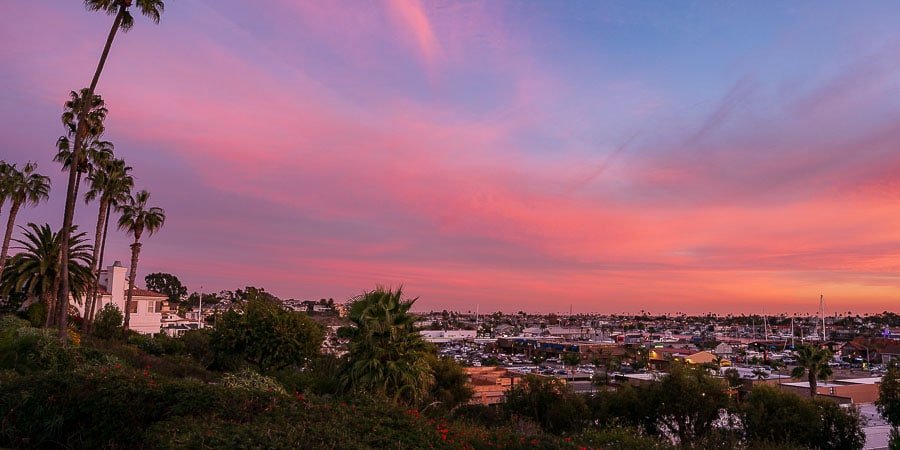




Nikon 24mm f/1.8 G | Coma Test
As a nightscape photographer, I like to do one thing that most reviewers neglect to do: a complete coma test.
Well, to be blunt, this lens isn’t the absolute best choice for astro-landscape photography, based on its coma test.
However, most fast primes have this same issue with coma. If you want extremely low coma, you usually have to pay a fortune and lug around a monstrous lens.
The Rokinon 24mm f/1.4 for example has very low coma, but is a little soft in overall image sharpness until about f/2 or f/2.8.
Plus, it’s a manual focus lens, making it much less useful for most other types of photography.
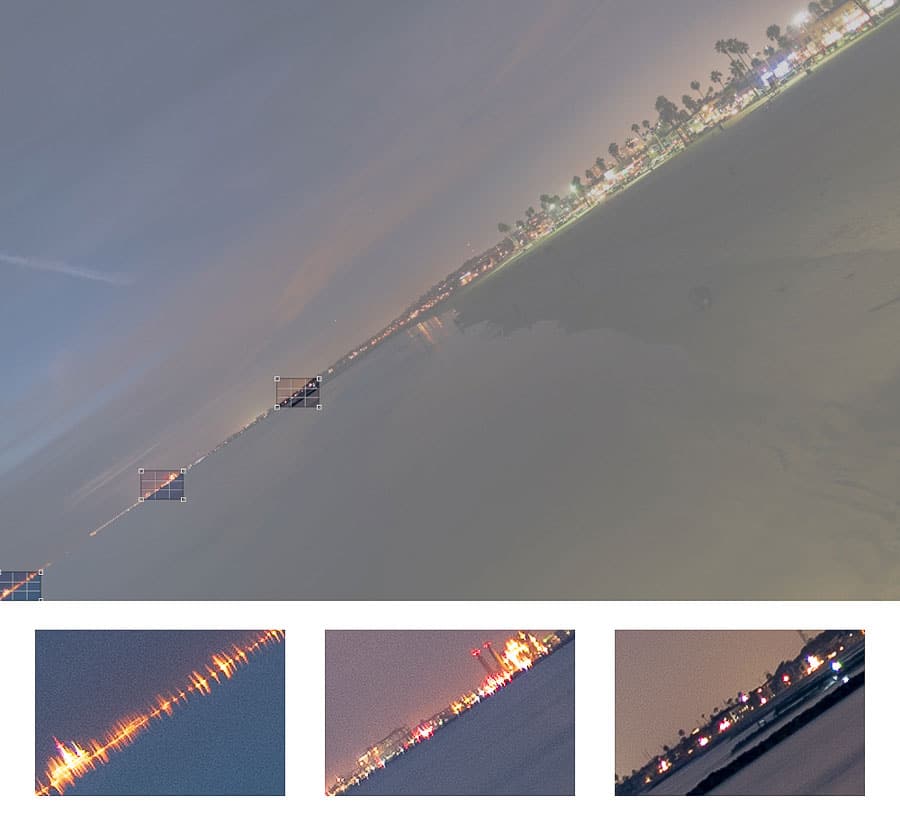
Nikon D750 + Nikon 24mm f/1.8 G – Coma Test | 24 megapixels, full-frame
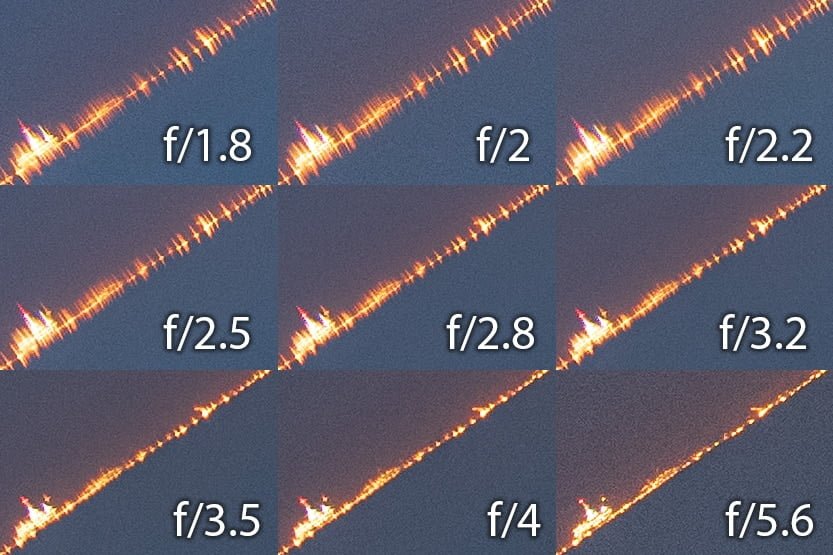
Nikon D750 + Nikon 24mm f/1.8 G – Coma Test, extreme corner| 24 megapixels, full-frame
The Nikon 24mm f/1.8 G definitely has some serious coma from f/1.8 to f/2.5, unfortunately. By f/2.8 it is still very noticeable, though diminished.
Remember, though, this is in the extreme corner of a 24 megapixel image. If you’re just shooting video or timelapse, even in 4K, you’ll barely notice any coma at all by f/2.8.
Unfortunately, if you’re shooting single frames at 36-45 megapixels on say a D810, D850, or Z7, then yes, you’re going to really, really notice it.
Hopefully, Nikon’s lineup of Z-series f/1.8 primes will deliver image quality that is better suited for the future’s 45+ megapixel sensors!
Until then, this lens will get the job done, in a package that is about as portable as a mirrorless lens too.
Nikon 24mm f/1.8 G | Build Quality
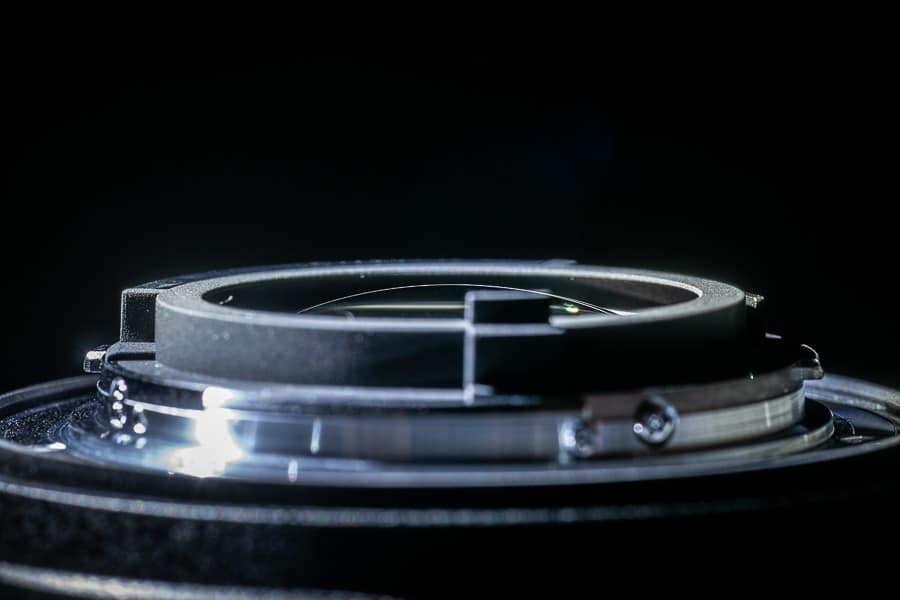
Nikon 24mm f/1.8 G lens design – careful, the rear element could be easily scratched!
It’s mostly plastic… but, that’s not always a bad thing. Some high-grade plastics, when the lens is engineered correctly, actually seem to be more impervious to small bumps on hard surfaces.
Metal, on the other hand, can sometimes misshape if you bump or ding it hard enough. Plastic won’t. So as long as you don’t absolutely bash this lens on rocks or concrete, you’ll be fine.
Having said that, the whole front of this lens does feel a little bit cheaper than some of Nikon’s other f/1.8 G primes.
The Nikon 85mm f/1.8 G, for example, feels almost indestructible, while this lens’s front end does not.
I would therefore recommend always using the hood, to protect the lens in general from being severely damaged if dropped. The hood, in fact, is very thick and sturdy, and I bet if you dropped this lens from eye level onto concrete it would be just fine if it impacted on the hood first.
(Sorry, I won’t perform that test for you, though. I do unfortunately have experience dropping other lenses, both plastic and metal.)
In case you’re wondering, by comparison, the Sigma 24mm f/1.4 Art feels like a rock-solid beast that might as well be built of all metal. If you like having that immediate sense of confidence and quality when you pick up a lens, the Sigma 24mm Art is the way to go.
In-the-hand feel isn’t everything, however, and I’ve encountered numerous copies of the Sigma 24mm f/1.4 that were damaged due to general abuse. These lenses were usually damaged enough that the optical quality was severely affected, too.
So, in conclusion, I’d be happy to take my chances with the Nikon 24mm f/1.8 G, despite its slightly cheap feel. Especially if I were looking for a portable, lightweight option instead of a “heavy, chunky beast.” Your personal preference may vary!
One more aspect of design and build quality before we move on. Unfortunately, Nikon’s F-mount seems to have a recurring problem with its fast primes: the rear element is very dangerously exposed. In fact, the only thing really protecting it from being totally exposed is a single metal protective tab.
So, if you’re a bit reckless with your gear, or if you like to jam your lenses into lens pouches without any caps on, you may eventually scratch the rear element. Be careful!
Nikon 24mm f/1.8 G | Handling & Autofocus
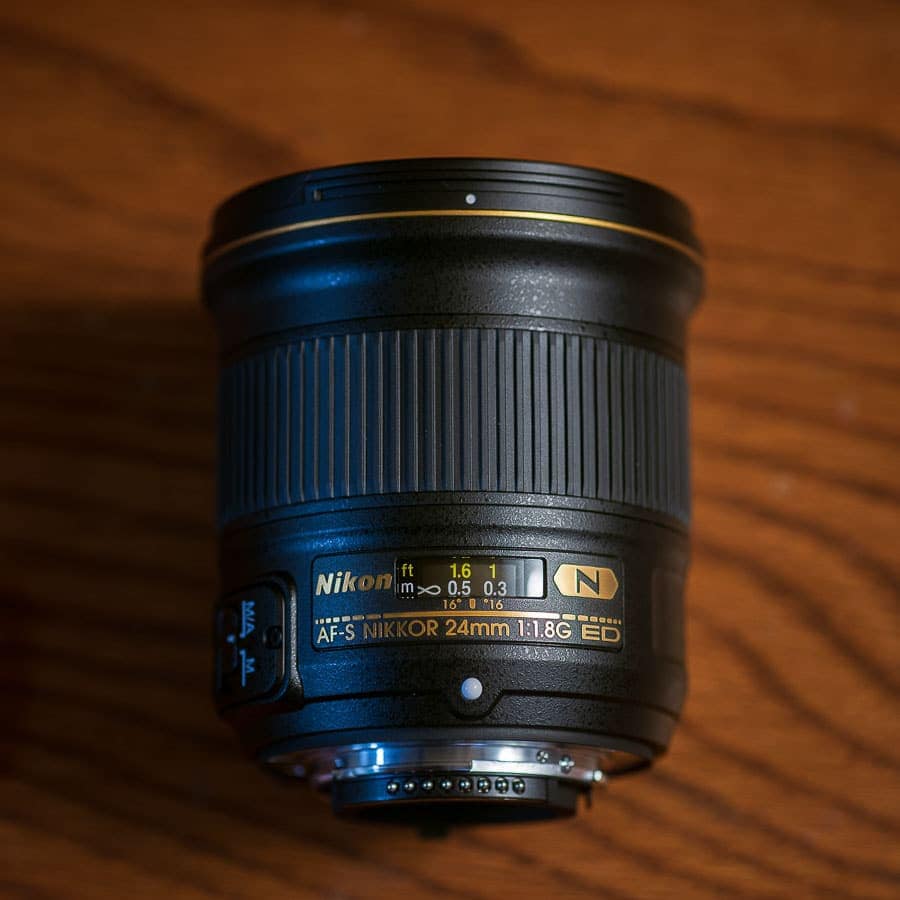
See those two little tiny dots with the 16’s next to them? Yeah, that’s all the hyperfocal help you get (they’re useless).
Autofocus with fast Nikon primes hasn’t always been that great, but thankfully with the Nikon 24mm f/1.8 G the AF accuracy, speed, and overall reliability is fantastic.
A 24-70mm f/2.8 might be slightly more snappy and reliable at 24mm, simply because such a big, flagship-grade lens has a more powerful autofocus motor. Still, the Nikon 24mm f/1.8 G is quite snappy and I’m happy to trust it even in terribly low light.
Unfortunately, autofocus is only half the story when it comes to handling. What about manual focus?
There are probably quite a few of you who do like to focus manually, whether you do nightscape photography, traditional landscape photography, or maybe videography.
The Nikon 24mm f/1.8 G’s manual focusing, well…it’s not all bad. It’s not optimal either, as with most autofocus lenses. The manual focus ring itself is smooth, and there is a focus distance window with a few markings.
However, there is a faint bit of “slop” in the focus ring, and the overall focus throw is very short. As a result, the lens basically has no usable hyperfocal markings, unlike older manual focus lenses.
These days, however, I guess we’re just lucky that the lens’ manual focus ring is actually physically controlled at all! More and more lenses these days completely omit a focus distance scale. Instead, they focus electronically, which can be extremely frustrating if you need ultra-precise manual focusing.
I’ll be honest: this is a fair trade-off for such a portable, affordable lens with great autofocus capabilities. Even manually focusing on stars at f/1.8 or f/2.8 is certainly easy for anyone who has practiced.
Nikon 24mm f/1.8 G | Value for money

Nikon D750 + Nikon 24mm f/1.8 G | 1/8 sec at f/11, ISO 100
The Nikon 24mm f/1.8 G is around $750, while its closest competition (in this price range), the Sigma 24mm f/1.4 Art, is around $850.
The Sigma is certainly a bit sharper, but it’s also a bit heavier, and may not actually offer better image quality in the extreme corners.
In fact, under general abuse, the Sigma is rather prone to severe sharpness issues at the edges of the frame. Also, the Nikon will be more consistent and reliable at autofocusing accurately in bad light.
Simply put, $750 is a lot to spend on a lens that is just “good” and not flawless, especially when you have other options.
However, in addition to just a little bit of the “buying a name brand” factor, admittedly, there is value in Nikon’s native compatibility, overall quality, handling, and reliability.
Also, at least two or three times a year there will be a $100 rebate for this lens, for those of you who just want a little more incentive to click “add to cart”.
In other words, if you can afford it, and if its features are right for you, then it will be a great investment indeed.
Nikon 24mm f/1.8 G Review | Final Verdict
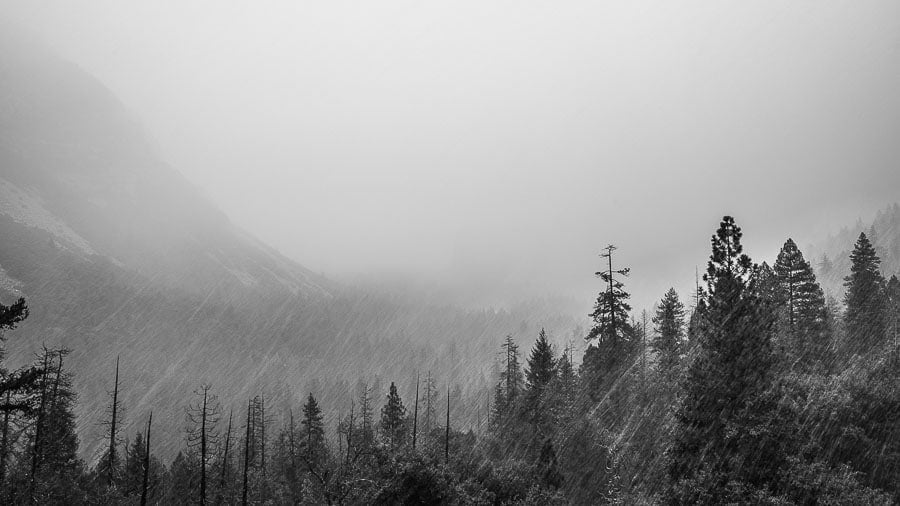
Nikon D750 + Nikon 24mm f/1.8 G | 1/8 sec at f/11 ISO 100
So, who should buy the Nikon 24mm f/1.8 G? A lot of different types of photographers prefer primes instead of zooms.
Wedding and portrait photographers are pretty strongly divided between preferring primes or zooms, and even among those who prefer primes, there are different reasons for that preference.
If you prefer primes for their absolute maximum aperture, their light-gathering capability, and their absolute maximum sharpness, then the Nikon 24mm f/1.8 G may not be as attractive as an f/1.4 prime.
Both the Nikon 24mm f/1.4 and the Sigma 24mm f/1.4 Art are just jaw-droppingly sharp, at f/1.4 – if only in the central area until f/2.8-4.
However, some people prefer prime lenses not just for their shallow DOF, but also (and sometimes even moreso) for their portability.
If you’re this type of prime shooter, whether you’re shooting very long days as a wedding photojournalist or going hiking in the wilderness for some adventure landscape/nightscape photography, the Nikon 24mm f/1.8 G will be perfect for you. It’s much lighter than any of the f/1.4 alternatives.

The Nikon 24mm f/1.8 G does have a rear weather sealing gasket, however, the front end should probably be enclosed in a basic UV filter for maximum all-weather protection.
With that in mind, the only question left is this: do you prefer the focal length 24mm instead of 20mm, 28mm, or 35mm?
Some people might want to go a little wider (landscape and nightscape photographers), while others might want just a touch longer focal length (candid journalists and portrait photographers).
By the way, if you’re wondering, both the Nikon 20mm f/1.8 G and 28mm f/1.8 G are almost identical to this lens in every way. They’re sharp, they can usually be trusted to focus accurately, and they’re seriously portable. (And yes, they’re made of plastic, too.)
If you like the 24mm focal length, and if you’d rather have a bag of lightweight, reliable primes instead of, say, a 24-70mm f/2.8 zoom, then the Nikon 24mm f/1.8 G could be the best choice for you!





